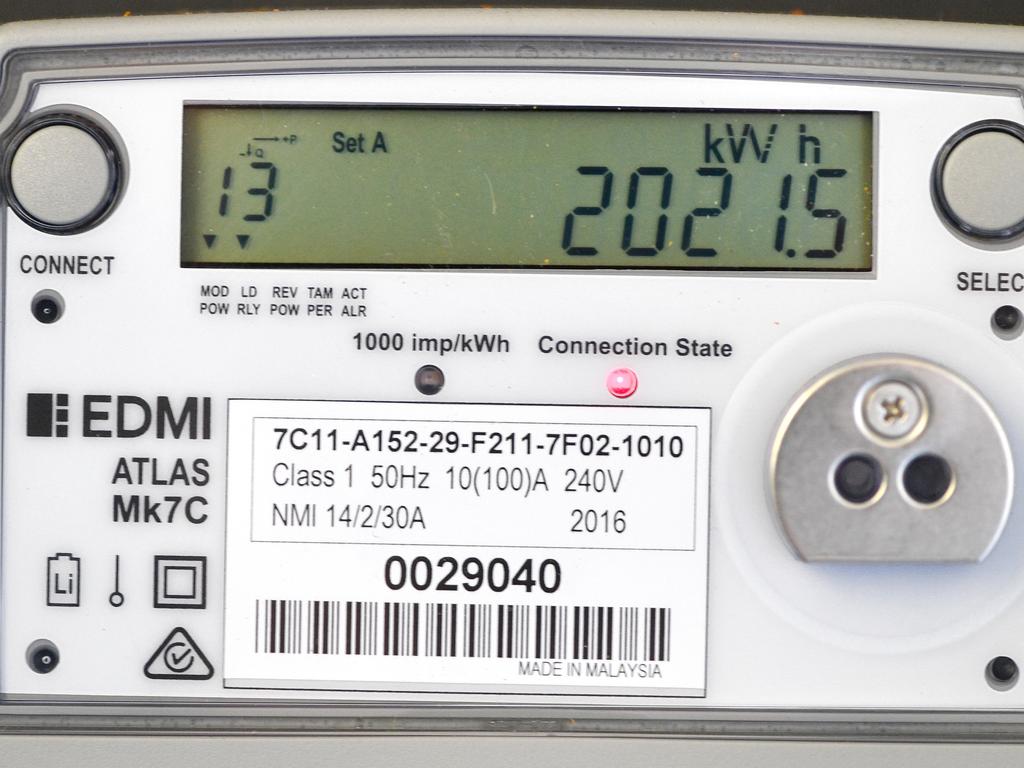Cost of living crunch post Christmas to drive record numbers onto energy payment plans
A record number of Australians are expected to be unable to pay their electricity bills this year, stoking pressure on the government to provide more cost of living relief.
A record number of Australians are expected to be unable to pay their electricity bills this year, as a cost of living crisis grows.
An increase on so-called hardship payment plans will exacerbate the political pressure facing the Albanese government and increase the financial burden facing the country’s retailers, which incur costs when customers are unable to pay their bills.
Australian electricity bills have jumped more than 20 per cent over the past two years, and while there has been a plateau in the growth numbers of people on repayment plans towards the tail-end of 2023, Gavin Dufty, manager of policy and research at the St Vincent de Paul Society and who follows the country’s energy markets, expects numbers to grow again in 2024.
“We know cost of living pressures have not mitigated. We know we are moving into the post-Christmas credit squeeze time. Christmas is not cheap for families, and then you have back to school costs, so I would expect an increase in numbers on hardship plans as more people seek help and assistance to pay their energy bills,” said Mr Dufty.
The most recent data issued by the Australian Energy Regulator in January showed just over 1.5 per cent of all Australian households were on payment plans at the end of September, up from 1.4 per cent in the previous three months.
Households in South Australia were struggling the most, the data showed, with more than 2 per cent of households in the state unable to pay their outstanding bills. Queensland was the least impacted, with less than 1.1 per cent of households on hardship plans.

The increase in the number of households struggling to pay electricity bills comes despite the Federal Labor government offering financial assistance to some 5 million households. Without the relief, the numbers would likely have been much higher – a fact that may incentivise the government to move again with relief.
The Coalition has seized on the soaring costs of electricity, repeatedly using claims by Labor in the run-up to the 2023 election that bills would fall by several hundred dollars.
Labor has insisted its policies are working, and prices have jumped as a result of a global energy crunch – triggered when Europe was forced to look for alternative fuel supplies when Russia invaded Ukraine.
Labor is expected to announce additional cost of living relief this week, and energy companies would welcome assistance – particularly as it would aid their pain – though they privately caution that the government must not target them.
“The industry would welcome any help for those struggling to pay their bills, but we do not want to be treated like cash cows and would be particularly upset to see any tweaking of calculations around the next default market offer to minimise the true extent of how much prices must rise by this year,” said one senior industry source.
The default market offer sets a price cap on how much energy retailers can charge consumers. The AER is weeks away from announcing its proposed increase to annual bills that will begin in July.
The default market offer is a reference price that retailers typically offer discounts against to entice customers, but discounts have fallen steadily as companies moved to recoup recent losses.
Most expect modest increases, with wholesale electricity prices – the cost of producing electricity and the biggest determining factor in how the AER calculates the annual tariff – indicating limited increases, if any.
Constrained electricity bills would be a major relief to Labor – which has seen its polling slump amid the cost of living crisis, and the Reserve Bank of Australia. Energy bills have been a major component to inflation, which has forced the central bank to increase interest rates 13 times.






To join the conversation, please log in. Don't have an account? Register
Join the conversation, you are commenting as Logout